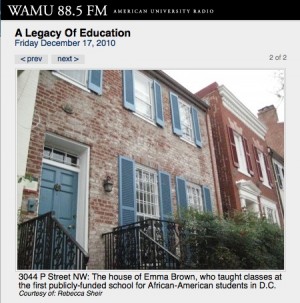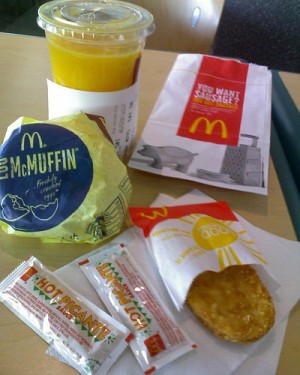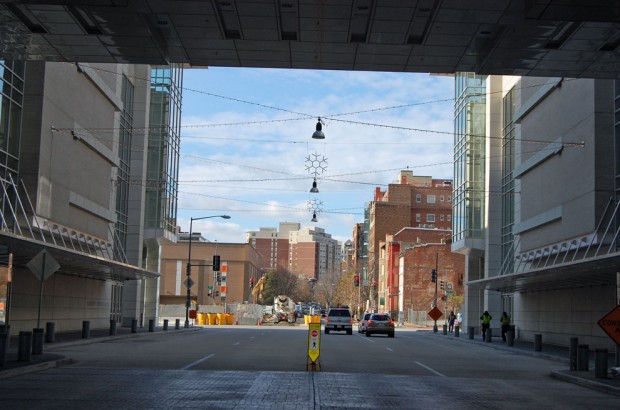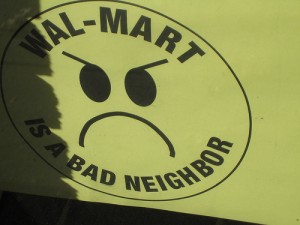I think sometimes, people don’t give money to charitable organizations because they worry that whatever they give isn’t enough. Charity is for wealthy people, who donate thousands of dollars at a time, right? Alternately, I know people (myself included), who are amenable to the idea of giving and plan to do so, but are especially inspired by offers to have their gifts matched– who doesn’t want to see a gift doubled, or, in lucky instances, tripled?
I just received an email from the Washington Area Women’s Foundation– which works to improve the lives of local women and girls– with exactly that offer:
A generous donor has agreed to match every gift received from our year end campaign with a 2-to-1 match — up to $100,000. That means for every dollar you donate, our donor will give two dollars. A $100 donation will have the impact of a $300 donation. $500 becomes $1,500. And your gift will help fund our efforts to ensure that every woman and girl in our community has the opportunity to attain economic security and reach her full potential.
If the WAWF sounds familiar, it may be because of their Portrait of Women and Girls in the Washington Metropolitan Area, which was released this Fall.
If you know of other local non-profits or charities who have similar offers to match gifts, let us know. A donation in someone’s name may be the perfect gift for a hard-to-shop-for friend or family member (I’m looking at you, Mom).











